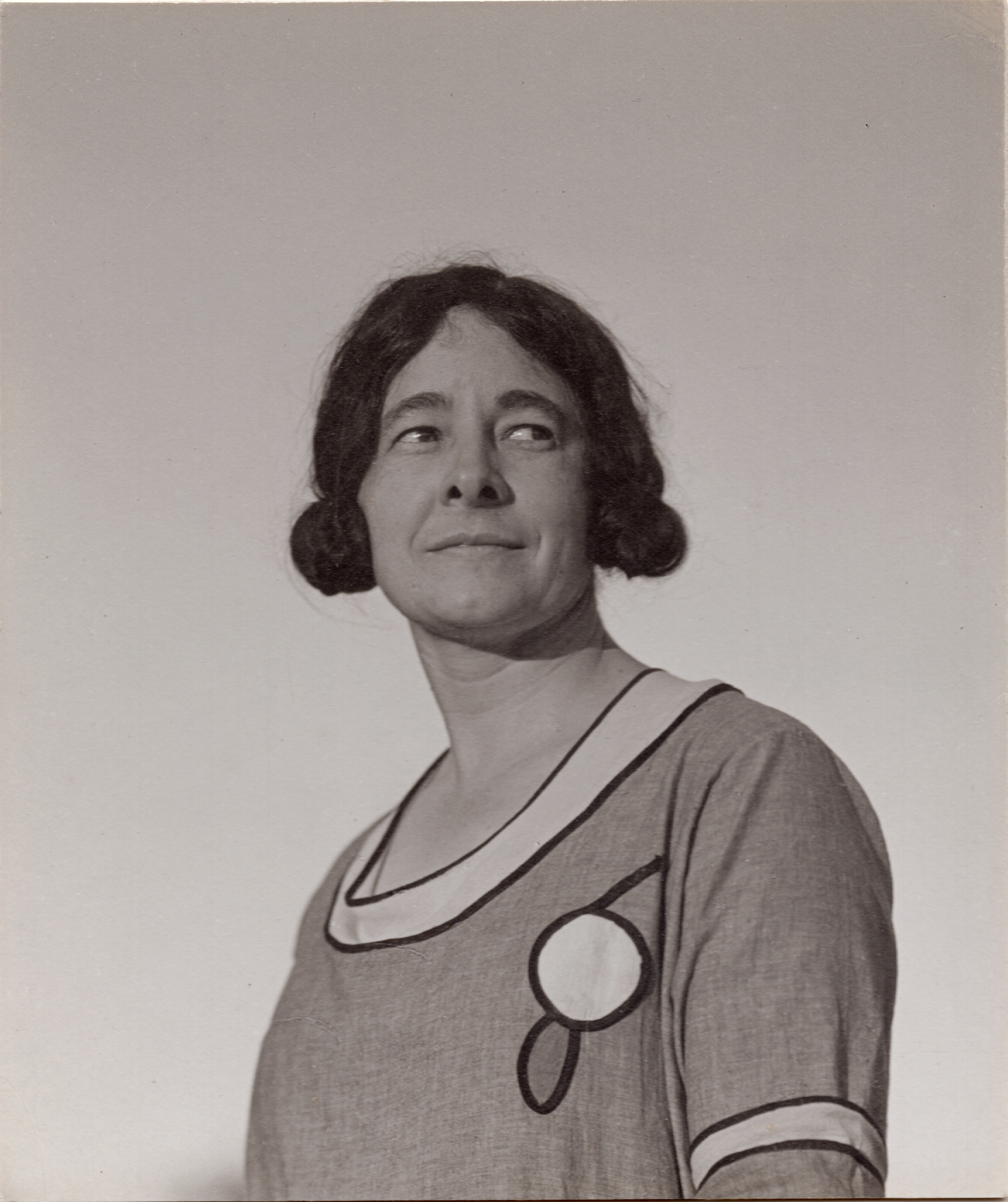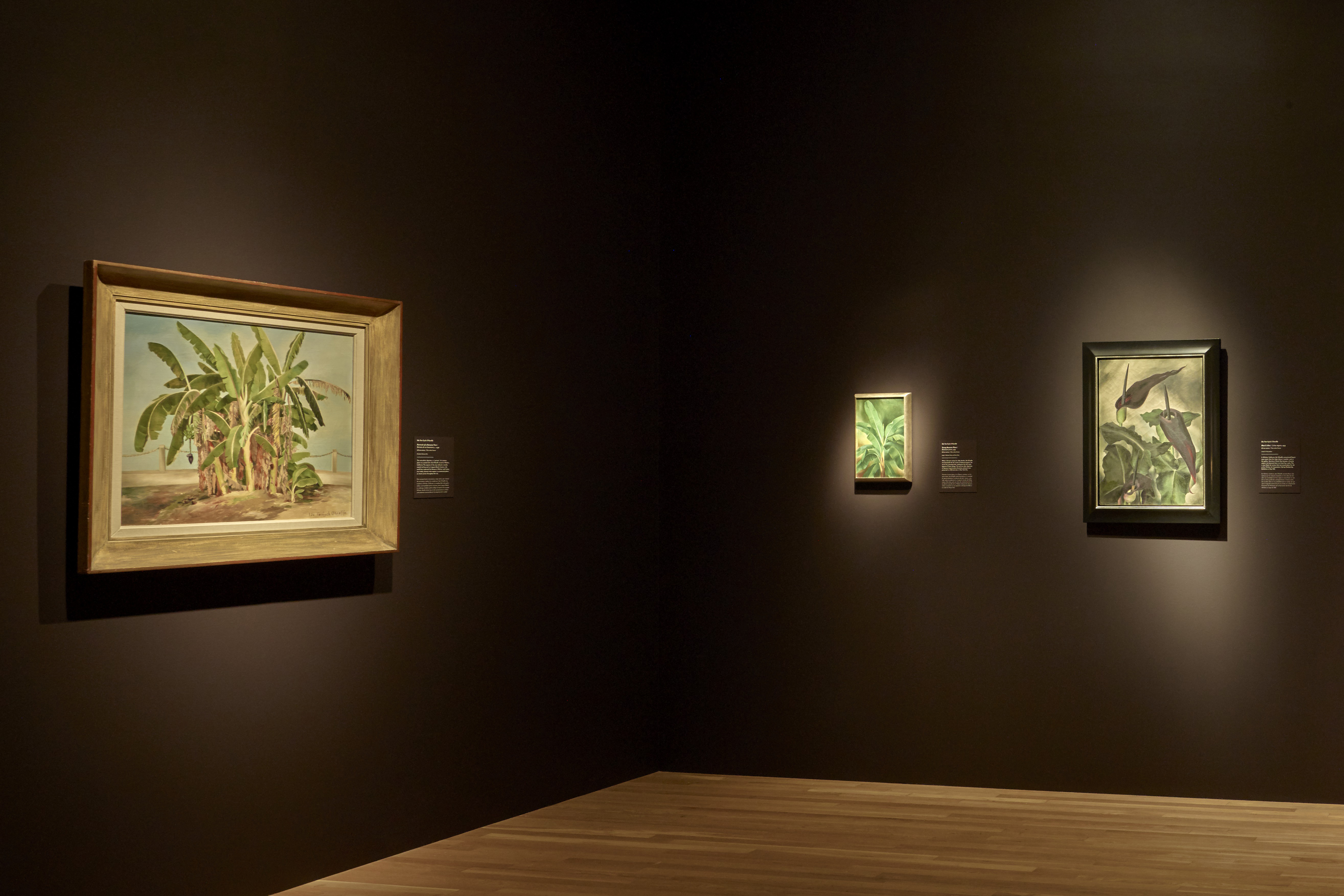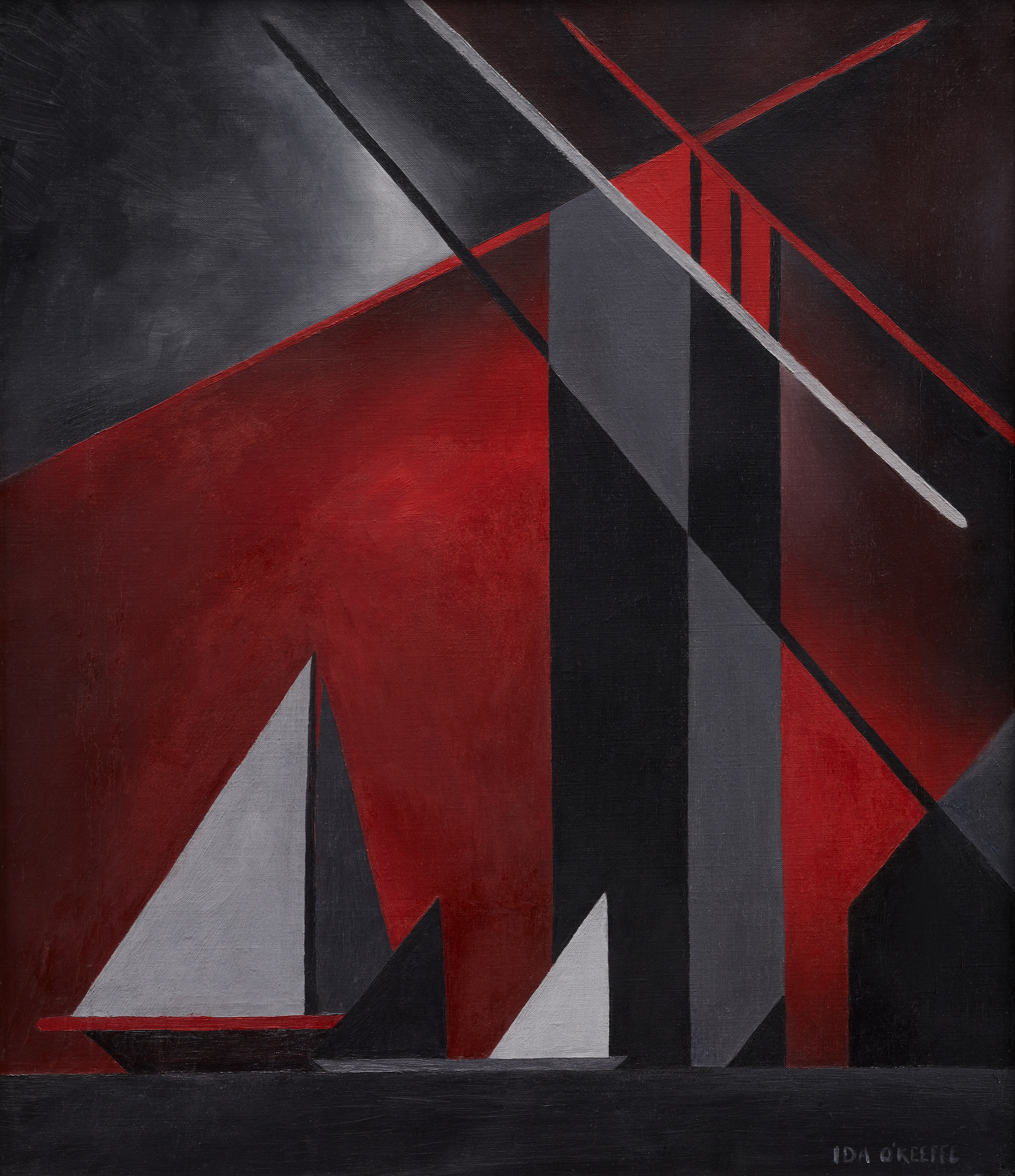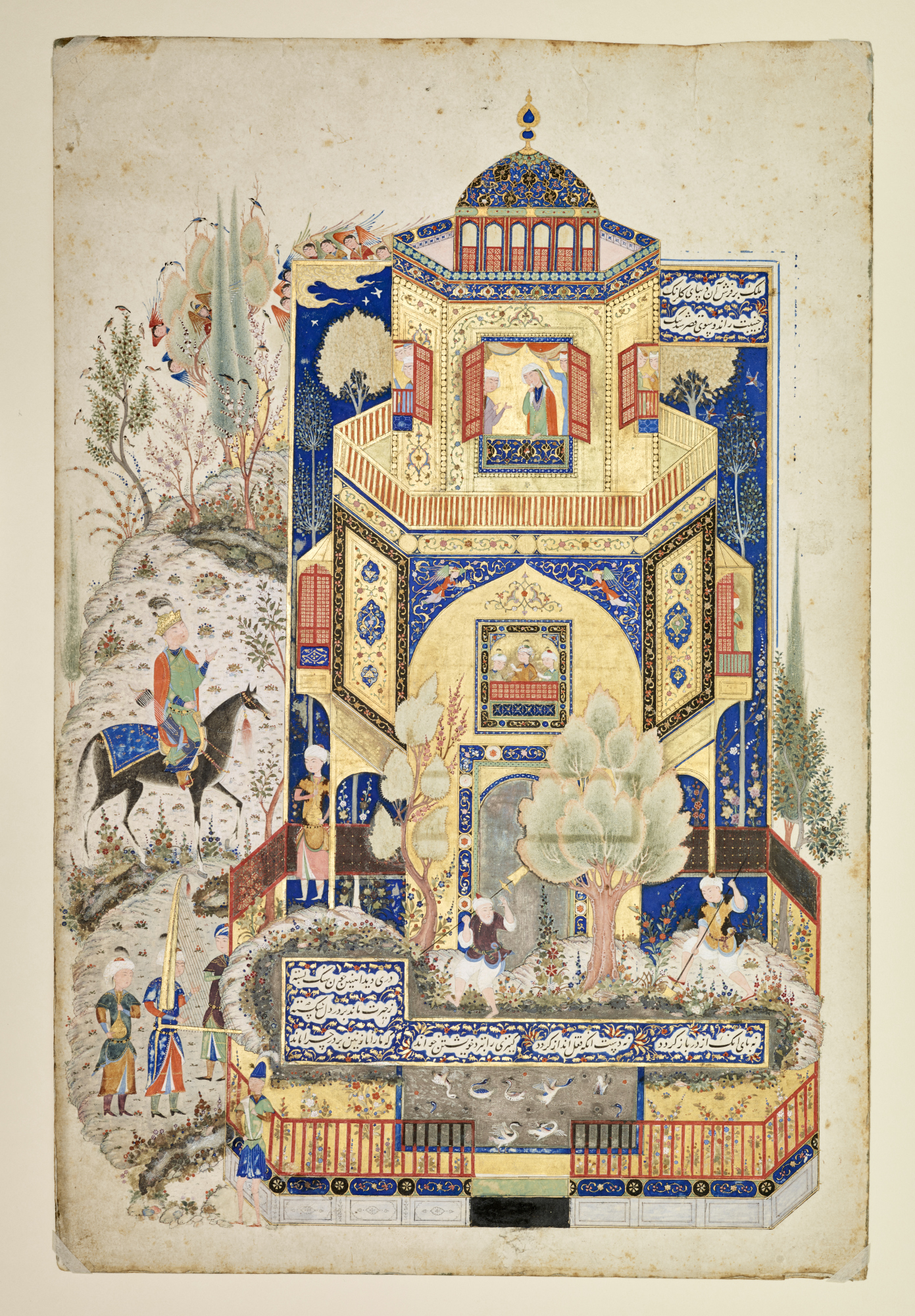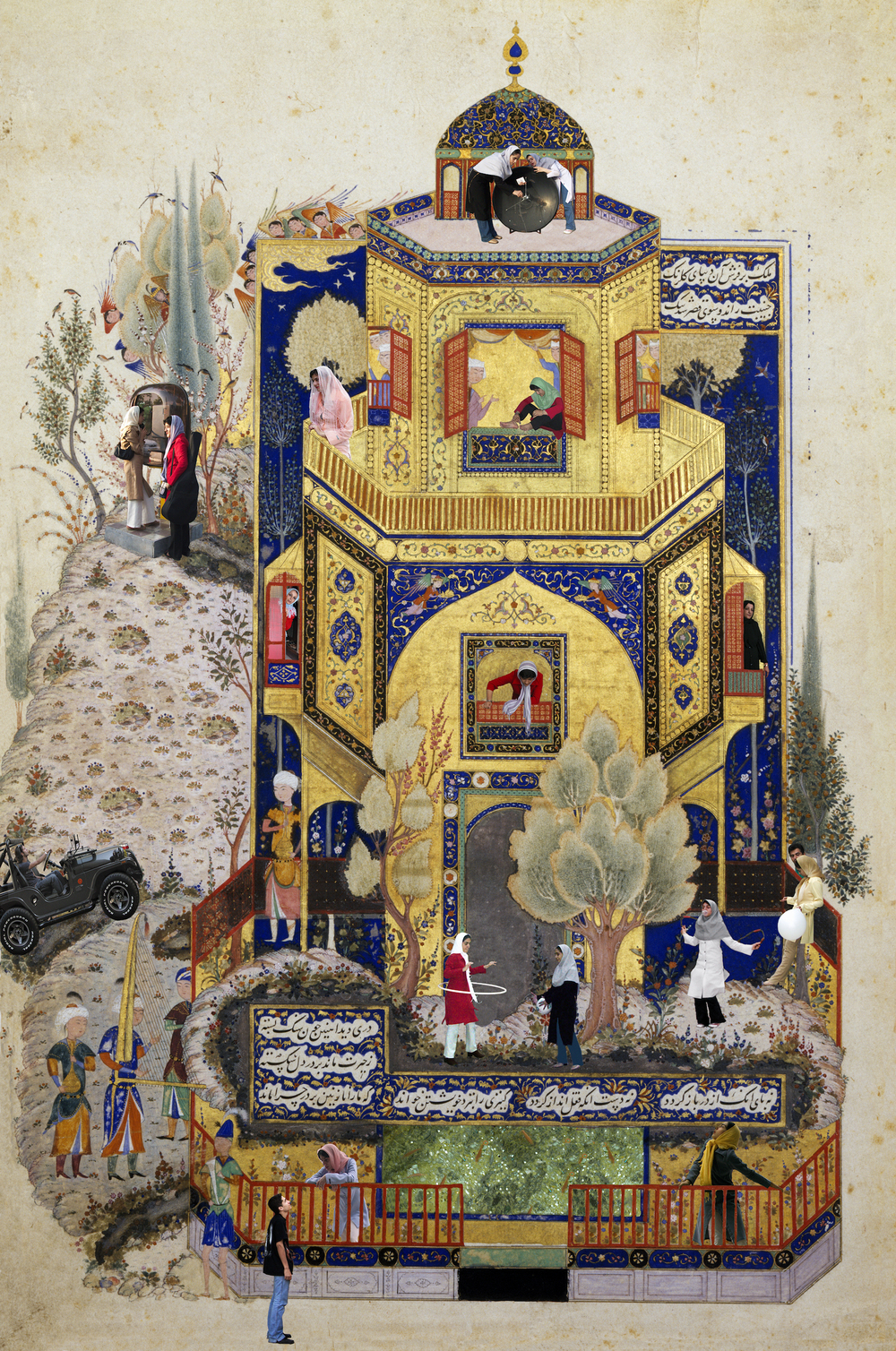What is a zine? Short for “magazine,” zines are self-published books of writing and art that are made for as little money as possible and circulated in limited quantities. Zines became popular in the 1970s in counter-culture circles as a way of promoting art and ideas outside the mainstream media, but creators have been self-publishing their ideas for much longer! Many can trace the lineage of zines back to 1776, when Thomas Paine published “Common Sense.”
In September 2018, the DMA hosted its first Zine Club meeting for high school students. Teens have great ideas and make interesting connections between the DMA’s collection and their own lives all the time; look no further than Disconnect to Reconnect, for example, hosted by the DMA Teen Advisory Council. Zine Club is a way for teens to explore their ideas through art and share those ideas with DMA visitors and their own communities in Zine Club’s biannual issues.
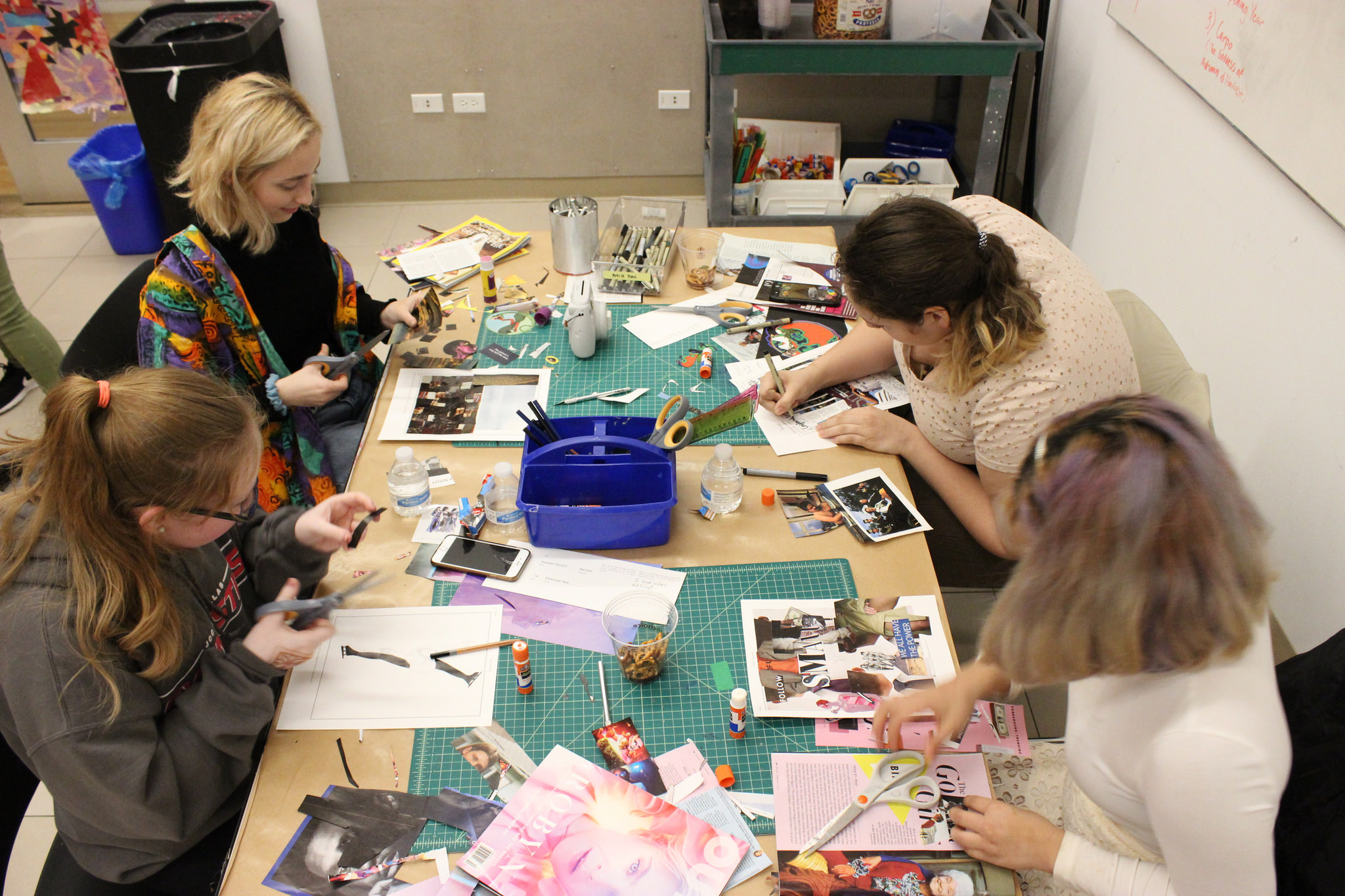
Zine Club meets the first Thursday evening of the month, and it is completely free to attend and participate. Teens enjoy snacks, go to the galleries to brainstorm, and return to the studio to make pages for the zine. Everyone who attends Zine Club gets at least one page in the final issue and receives several copies of the zine to share with friends and family. Museum visitors can pick up their own copy of the zine for a limited time in the Center for Creative Connections.
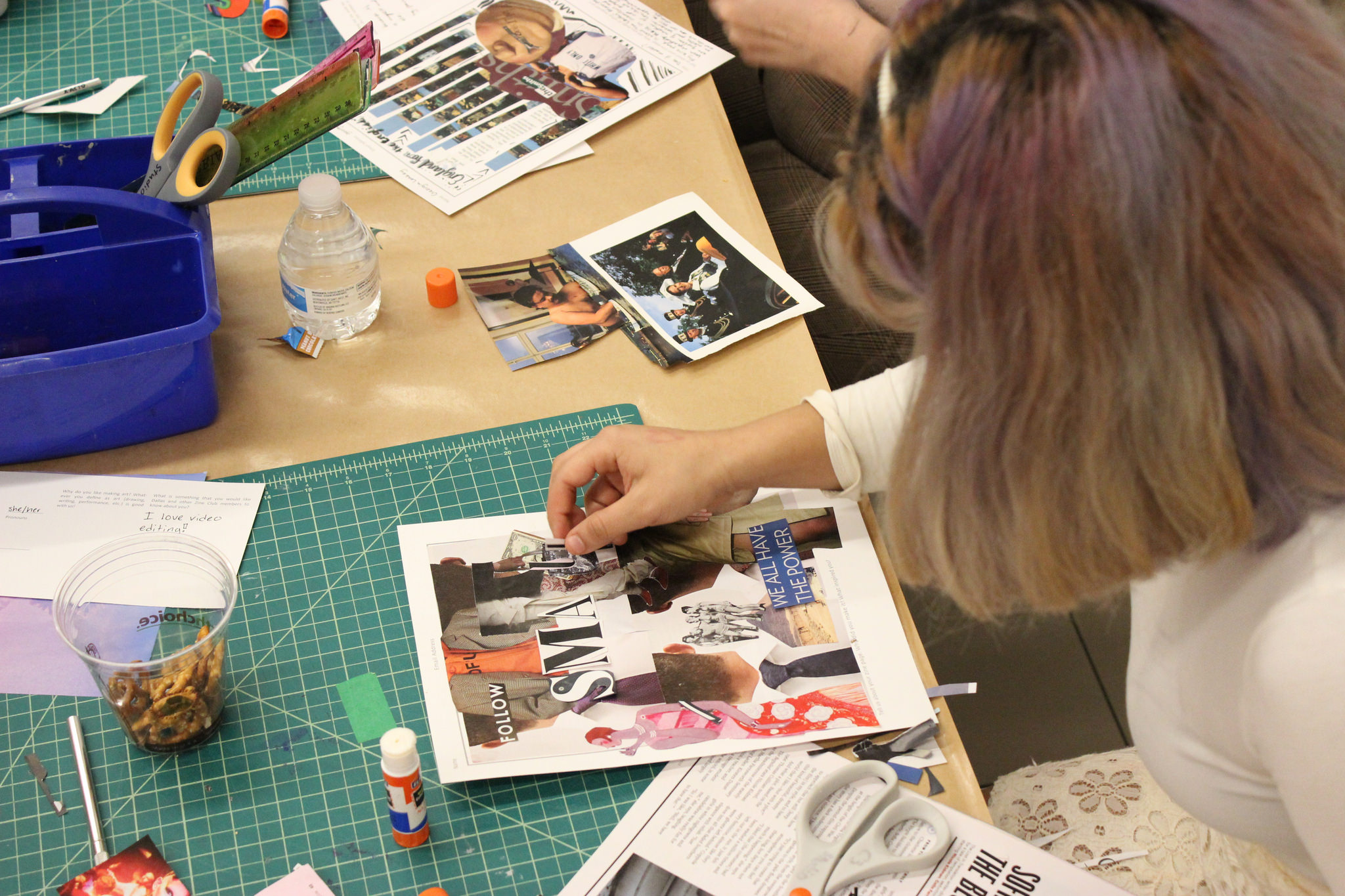
After several months of creating, Zine Club presents Opening Year. Over the course of four months, nine teens, three educators, and one visiting artist explored the following questions: What do we change about ourselves to fit in with the status quo? What do images say about beauty? What stories do you want told at a museum? Click here to browse their answers for yourself!
Physical zine copies will be available in the Center for Creative Connections for a limited time this month, so plan your visit and pick up a copy the next time you’re at the Museum. Zine Club picks back up again this spring for four meetings all about personal experience and stories, so check out our upcoming meeting schedule at DMA.org. Hope to see you this spring!
Jessica Thompson-Castillo is the Manager of Teen Programs at the DMA.
